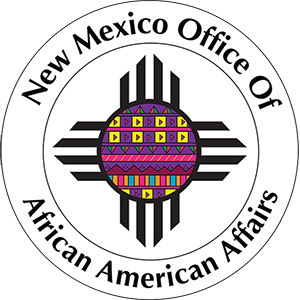Apply Today, don’t miss out!
In this article we hope to bring the newly approved Student Loan Debt Relief program to your attention and shed light on the details to prepare you for taking advantage of this debt relief program. On August 25, 2022, President Biden announced the Student Loan Debt Relief package to provide financial relief to millions of Americans. If all borrowers, who are currently eligible, apply, then roughly 43 million borrowers will experience some level of student loan debt relief from this program. This announcement will impact a massive portion of American society, especially African American students and families. A significant component of this relief package is debt cancellation for Pell Grant recipients. Pell Grants are the most utilized form of financial aid accounting for more than 60% of the funds received by students. In the past, a Pell Grant could cover nearly 80 percent of the cost of a four-year public college, but now it only covers about a third. (House, 2022)
The cost of college disproportionately impacts African Americans and other minority students extensively. According to The United States Department of Education analysis, the typical undergraduate student now graduates with nearly $25,000 in debt. 32% of Black undergraduate students borrow $40,000-$59,999, cumulatively. (Hanson, 2022) The reported amount borrowed does not account for the population of students who do not complete college. About one-third of borrowers have debt but no degree. (House, 2022) The US government is trying to mitigate some of the factors mentioned above in this three-part Student Loan Debt Relief package.
The first part of the targeted debt relief was amid the pandemic. The United States Department of Education paused student loan repayments, extending through December 31, 2022. The second part of this plan is to address the issues with repayment. Four years after graduation, 48% of Black students owe an average of 12.5% more than they borrowed. (Hanson, 2022) About 16% of borrowers are in default- including nearly a third of senior citizens. The United States Department of Education proposes caps on monthly payments for undergraduate loans at 5% of a borrower’s discretionary income. (House, 2022) Another component of the plan is to adjust the Public Service Loan Forgiveness (PSLF) program. The modified PSLF program would extend the eligibility to those who work as a public servant at a nonprofit, military, federal, state, tribal, or local government.
The Department of Education is also trying to move the payments to 10 years instead of the established 20 years for the PSLF. After that established time, the rest of their debt is forgiven. Under this relief package, President Biden is attempting to increase the award amount for Pell Grants and make community colleges accessible. As we discussed earlier in the article many families use Pell Grants to attend college, but because it only covers one-third of the cost, many students must take out more loans.
President Biden is calling for colleges nationwide to make tuition affordable. However, we would be amiss not to mention that tuition rates at Historically Black Colleges and Universities (HBCU) are, on average, almost 30% less than comparable institutions. (Lomax, 2021) President Biden insinuated in his press release that there is no reason why furthering your education in America should put you in debt for most of your life, and that changes to the financial aid process must be made.
The entire package will provide financial relief to many African American college students and families. This student financial aid relief could bring some much-needed equity to the current process of obtaining a post-secondary education. An average of 66% of families make less than $30,000 annually and need the Pell Grant to allow their kids to attend college. The changes being made to address the negative outcomes being faced by all students who borrow money to pay college will provide African American students and families with some financial relief. Apply now for the Student Loan Debt Relief Program.
